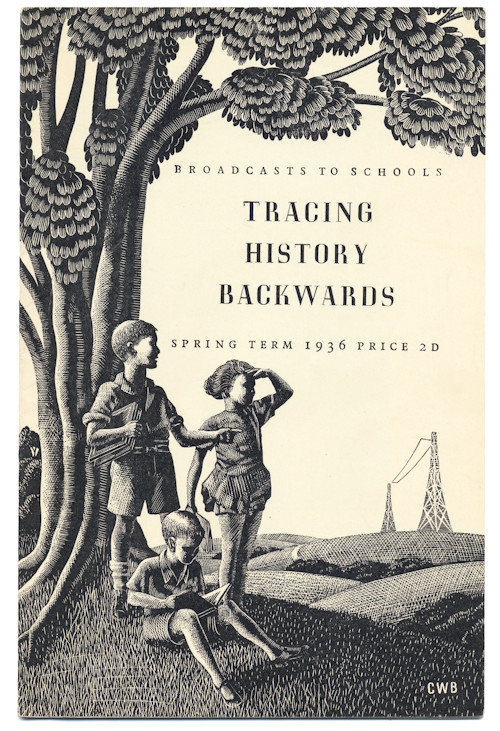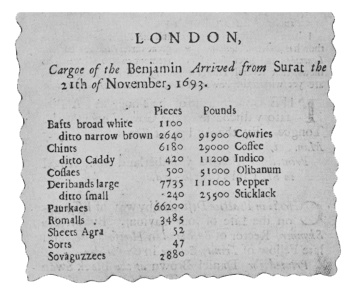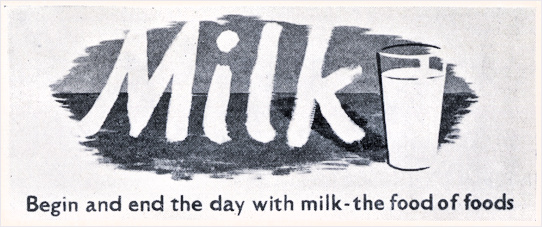 |
|
| News About Us Membership Events Links |

Broadcasts to Schools
In 1922, a consortium of radio manufacturing firms established the British Broadcasting Company. Shortly afterward, this venture secured a license from the Postmaster General, marking the beginning of public radio broadcasting in the United Kingdom. By 1927, the British Broadcasting Company had evolved into the British Broadcasting Corporation (BBC), a public service institution tasked with upholding the values of its charter: to “inform, educate, and entertain.” As the BBC celebrated its centenary in 2022, its commitment to these founding principles remains particularly relevant in modern Britain. Among its many contributions to education was a series of school broadcasts, accompanied by booklets designed to enrich the learning experience. These small booklets serve as fascinating examples of early educational media and a testament to the BBC’s innovative approach to public service. One notable series of broadcasts targeted boys and girls who were preparing to leave school. The accompanying pamphlet stated its purpose succinctly: “This pamphlet is intended for boys and girls between the ages of 13 and 15 who are about to leave school. It attempts to interest them in some of the major problems of the complex world they are about to enter and to encourage them to seek for the causes and the gradual development of these problems in the past”. The broadcasts, which aired weekly from 21 January to 24 March, covered subjects such as tariffs, money, surplus and scarcity, unemployment, and the relationship between East and West. These topics were aimed at fostering critical thinking and contextual understanding among young listeners as they prepared to navigate adulthood in an increasingly complex world. The ephemerist will find these booklets particularly intriguing for their innovative use of printed materials to complement the talks. For example, one booklet, accompanying the talk "Cargo from Surat," included reproductions of historical documents to illustrate its points. These included a portion of a 1707 customs schedule listing imported goods and duties, one of the earliest handwritten banknotes from 1684, a poster supplied by The Milk Marketing Board, and a cargo list from the ship Benjamin, which arrived from Surat in November 1693. Such inclusions provided tangible connections to the topics discussed, making abstract economic and historical concepts more accessible to young learners. The introduction to the pamphlet concluded with a hopeful message: “We hope that the notes, the suggestions for individual work, and the pictures will help you to follow the talks and give you something to do and think about when we have finished.” This holistic approach to education—combining auditory learning with printed materials and self-directed study—reflects the BBC’s commitment to engaging and enlightening its audience. These broadcasts and their accompanying booklets not only provided educational value but also stand as historical artifacts, showcasing the BBC’s pioneering role in using multimedia to fulfil its mission of public service broadcasting.
|
|
|
Home | News | About Us | Membership | Events | Links | Contact | Item of the month | Articles |
| Copyright © The Ephemera Society 2025. All Rights Reserved. |

